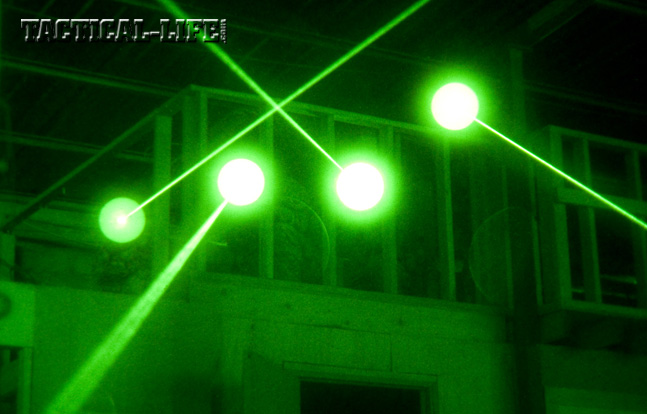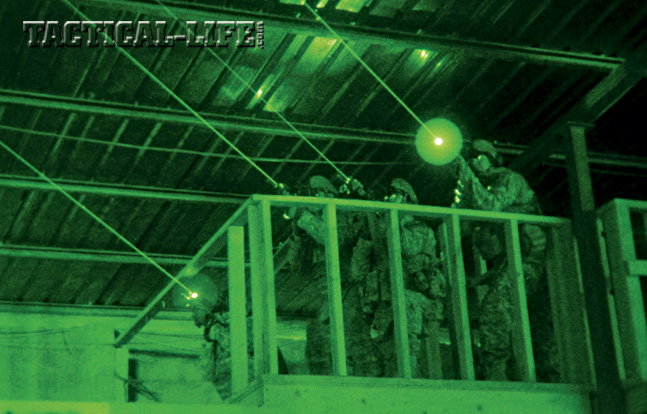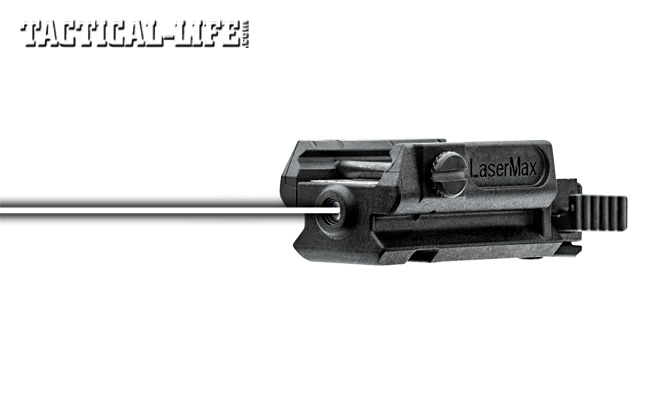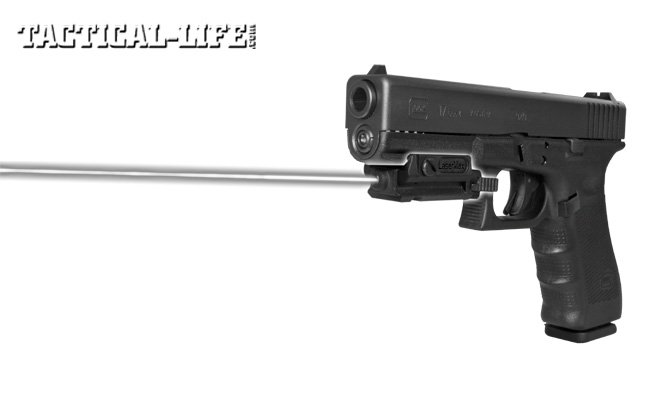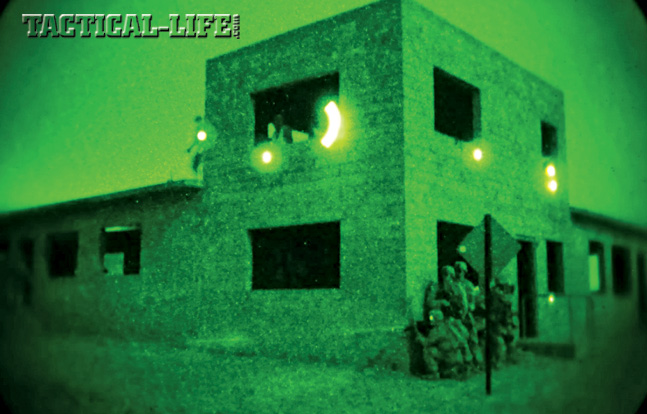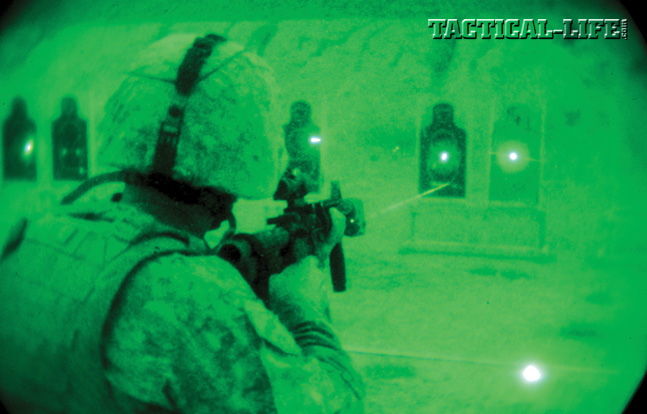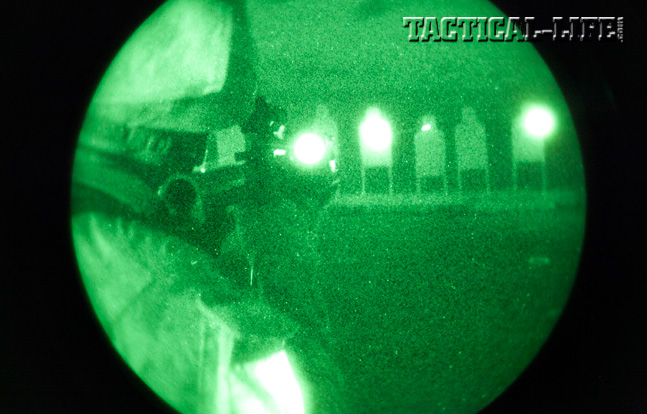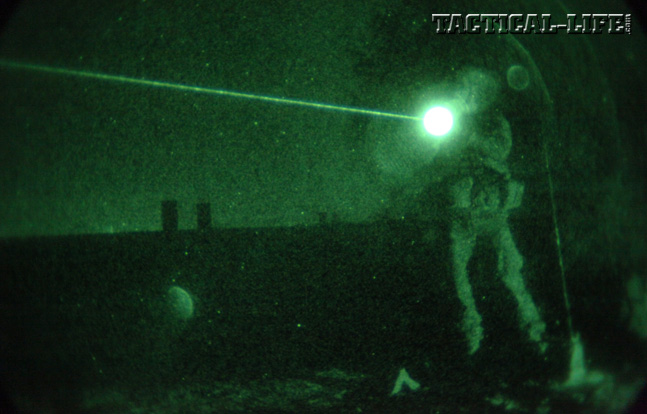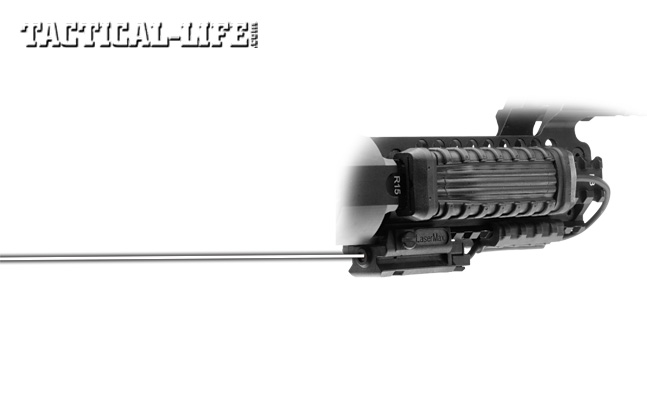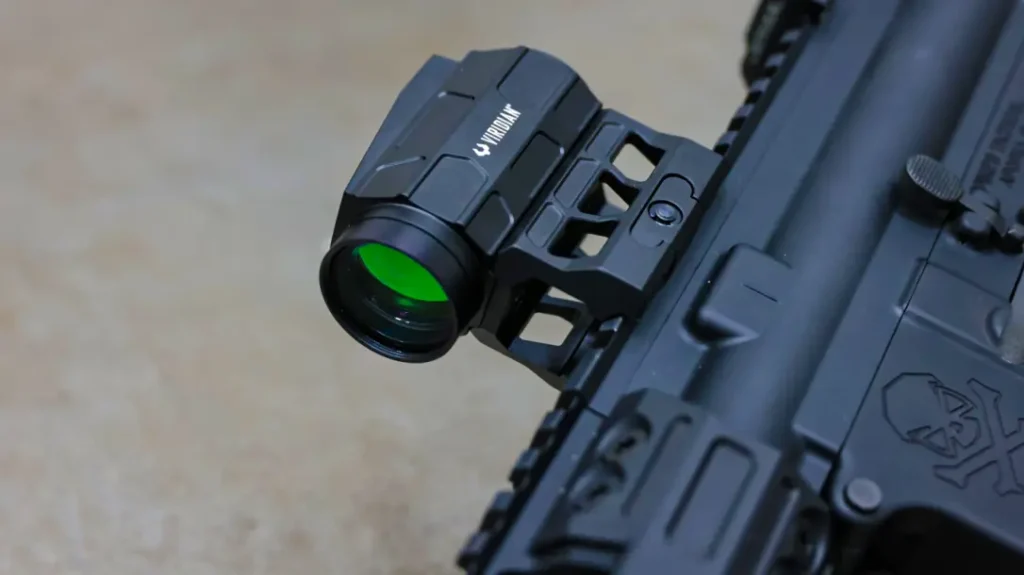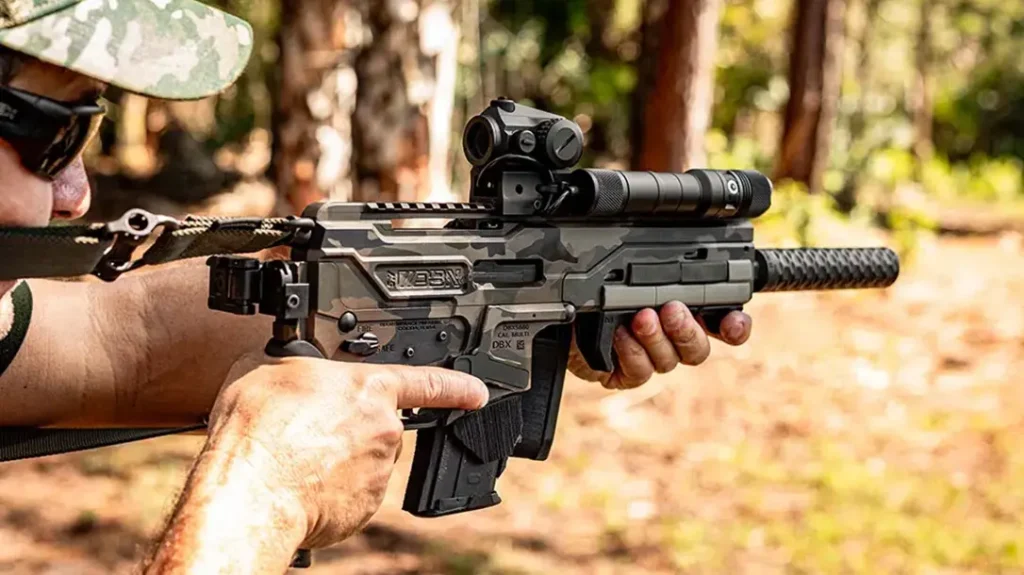To best stack the odds in your favor, hit the target when it’s dark. Whether working to rescue hostages inside a city bank or capturing high-value targets from a mountain stronghold, going in when the lights are off gives a major advantage to those with the capability to operate and fight when most can’t see. For many, darkness is viewed with both fatigue and fear. When the sun sets, our bodies transition to sleep, and because we fear what we cannot see, the inability of the naked eye to observe its surroundings becomes distressing. Though most suffer these feelings and have trouble functioning at night, those with the capability view darkness as an enabler and make it a point to operate in such conditions. Darkness allows easy exploitation of the fear and fatigue of others and provides a natural means of concealing one’s position and movements, but to fully take advantage of it requires certain technologies and the training to employ them under stress.
Night vision can be reliably accomplished in two ways, but the most prolific means is with an image-intensifying night-vision device (NVD). Image intensifiers capture available electromagnetic radiation, or ambient light, outside that portion of the spectrum visible to the human eye and amplify it 2,000 to 5,000 times before displaying it on a phosphor screen. Rather than looking through an image intensifier, users look at an amplified electronic image on a green screen, the color of which is purposeful, as the eye can differentiate more shades of green than any other phosphor color. Even with a viewing range of only 100 to 400 feet and a narrow field of view, the NVD is a significant improvement over the naked eye. Manufactured by L3 Warrior Systems and ITT Exelis, the AN/PVS-14 monocular NVD is the standard-issue image intensifier for the U.S. military and is in widespread use by domestic law enforcement agencies under the designator Night Enforcer NEPVS-14.
Infrared Solution
Advertisement — Continue Reading Below
Though an image intensifier allows you to see at night, its use does not immediately equate to the ability to fight at night. In addition to viewing the world in shades of green, image intensifiers cause most users to overestimate distance and underestimate depth, leading to poor accuracy in a gunfight. Through familiarity and training with the technology, shooters can overcome the difficulties of fighting in a green-hued world where objects are not as they appear, but companies looking to speed the learning curve and improve their customers’ odds in a fight have directed their attention to solving the problem. Visible only through NVDs, infrared (IR) lasers have proven to be that solution, allowing rapid target identification and engagement without compromising the position of their user to those without night-vision technology.
Continue Reading: LaserMax Uni-IR Laser | Sure-Shots in the Dark | High Tech
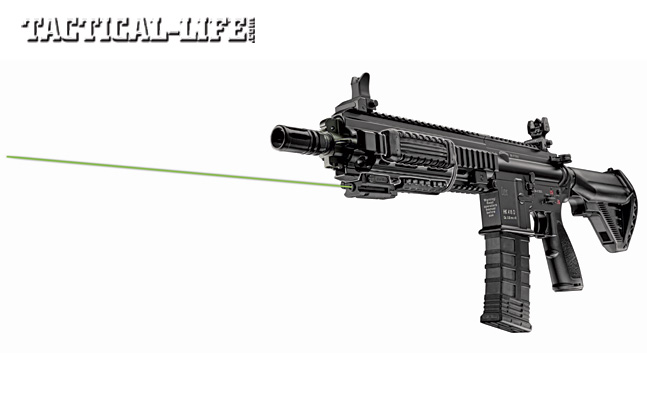
One of the most innovative infrared lasers to date is the Uni-IR laser produced by New York-based LaserMax. Weighing in at 0.9 ounces and requiring only 1.75 inches of mounting space, the Uni-IR is also one of the smallest and most lightweight models available. Because humans see light only in the 400- to 700-nanometer wavelength range, the Uni-IR beam, operating on the 850-nanometer wavelength, is invisible unless viewed through NVDs. This beam produces a 0.6-by-1-inch targeting dot at 20 yards, and because it’s monochromatic, users don’t need to be concerned with any visible red hue common to 850-nanometer LED light sources.
Advertisement — Continue Reading Below
By capping the Uni-IR’s power output at 0.7 megawatts, there is also little of the expected bloom on the NVD screen outside of very close quarters. Users can set the beam for constant-on or pulse modes, the latter preferred by some because the eyes are immediately drawn to the movement of the light as it turns on and off, allowing them to avoid any lengthy search for their point of aim. Two 357 silver-oxide batteries power the sight for over six hours of run time on constant beam, or for 12 hours on pulse.
A slide switch that accommodates both right- and left-handed shooters powers the device, and for those equipped with a long gun, LaserMax offers a Manta Rail and momentary activation switch to limit the movement and reach required to activate the laser. Mounting options are nearly unlimited, as the Uni-IR laser is designed to function with both Weaver and Picatinny mounting systems, which have become standard on many varieties of pistols, submachine guns, rifles, shotguns and machine guns. A rail is even built onto the sight for the added option of mounting accessories on top of it. As a Class I laser, a designation meaning the maximum permissible exposure limit cannot be exceeded, the Uni-IR is rated safe for viewing with the naked eye and with typical optics. For more information, visit lasermax.com or call 800-527-3703.
